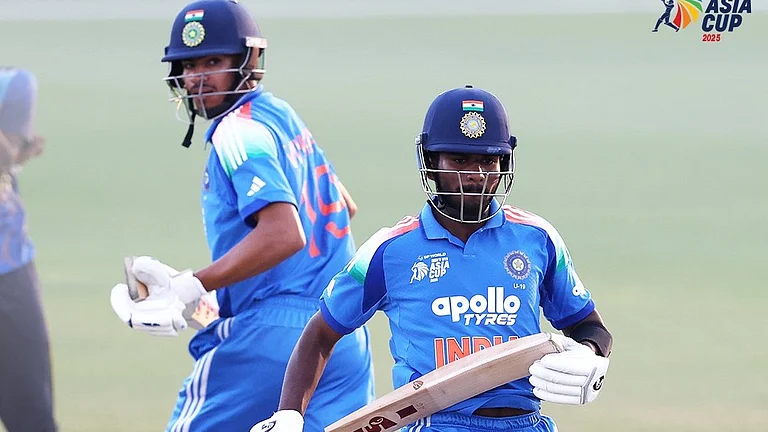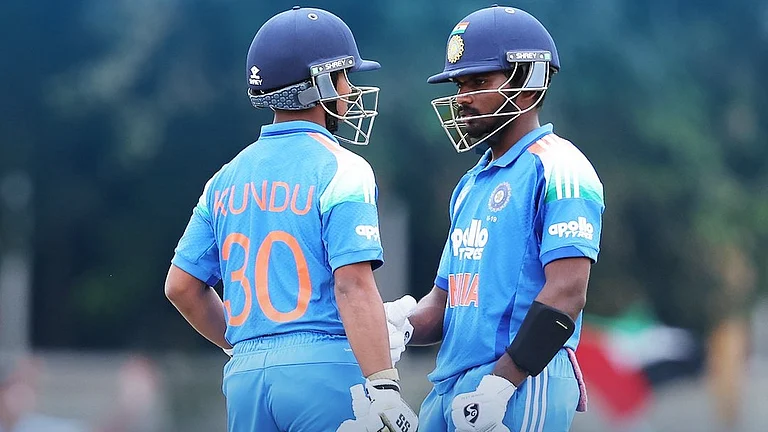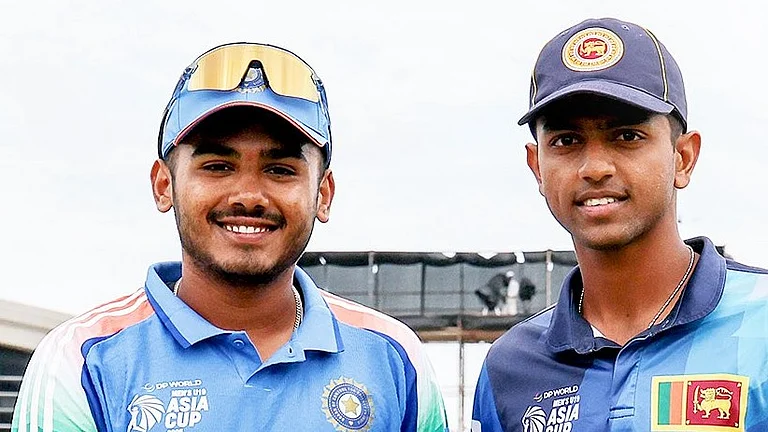Anaemia, a condition often invisible but profoundly debilitating, has reached crisis levels in South Asia which comprises of Pakistan and India too, prompting UN agencies like UNICEF, WHO and the regional socio-economic bloc SAARC to issue a warning that 18 million women and adolescent girls more could become anemic by 2030 if current trends continue.
Anaemia contributes significantly to low birth weight, with South Asia responsible for 40% of global cases.
Anaemia is not only just a medical issue. The economic cost of inaction is also staggering. It impairs child development and learning, and undermines national productivity — costing the region an estimated USD 32.5 billion annually. Yet, every USD 1 invested in anaemia reduction yields a USD9.50 return.
It is estimated that 259 million already suffers from the condition in the South East Asian region comprising India, Pakistan, Bangladesh, Nepal, Sri Lanka, among others.
Anaemia occurs when the body lacks enough healthy red blood cells to transport oxygen efficiently. The consequences are widespread: fatigue, weakness, increased illness, difficulty staying in school, working, or caring for children — and heightened risks during pregnancy for both mother and child.
Realizing the gravity of the situation, for the first time, governments from seven South Asian nations have united under a common banner to take urgent, collective action. From July 9 to 11, the Nourishing South Asia | Reducing Anaemia in Adolescent Girls and Women regional conference is being held in Colombo, Sri Lanka where over 100 delegates — policymakers, scientists, public health experts, and regional leaders — are gathering to forge a bold, united front against anaemia.
“It’s a reflection of deep-rooted inequalities. A lack of access to nutrition, essential health services, and opportunities has made anaemia a devastating marker of marginalization — especially for those living in poverty,” said the representatives of UN agencies in the statement about the anaemia.
“Anaemia remains a public health concern in Sri Lanka, affecting 8.5% of women of reproductive age and 14.6% of children under five. We are stepping up our efforts, especially in districts most affected. Hosting this conference is a testament to Sri Lanka’s commitment to leading regional efforts in tackling this crisis,” said Dr Harini Amarasuriya, Prime Minister of Sri Lanka.
“This is a clarion call for action,” urged Sanjay Wijesekera, UNICEF Regional Director for South Asia. “When half of all adolescent girls and women are anemic, it's not just a health crisis — it’s a systemic failure. We know the causes, and we know the solutions. Now is the time for governments to lead with bold and scaled-up action.”
Despite national policies and programmes in place, systemic gaps in healthcare delivery — especially in hard-to-reach areas — continue to hold progress back. Health systems often lack infrastructure, workers face challenges reaching remote populations, and data to guide interventions is patchy at best. Marginalized communities remain out of reach, underserved, and invisible in policy.
“In South Asia, our young people and mothers stand at the heart of our demographic and development goals. Ensuring that they are healthy, nourished and empowered is not just a moral imperative, it is a strategic investment in the future of our societies,” said Mr. Md. Golam Sarwar, Secretary General of SAARC.
The conference aims to change that — launching a new regional framework and a South Asia Anaemia Academic Alliance to drive evidence-based solutions and accelerate progress through research, data, and cross-border collaboration.
However, some countries are putting all efforts to improve the situation. Nepal has emerged as a beacon of progress: thanks to community outreach, integrated nutrition strategies, and multi-sectoral investments, anaemia in women of reproductive age dropped from 41% in 2016 to 34% in 2022. By 2030, that figure is projected to decline further to 27%. The greatest drop is anticipated among women in Nepal’s poorest regions — demonstrating that targeted, equitable interventions work.
Similar localized successes are emerging in India, Pakistan, and Bangladesh, where data-informed programmes and school-linked nutrition services are showing early results. In Sri Lanka, the prevalence among women under 25 has declined to 17%.
“Anaemia is both preventable and treatable,” said Saima Wazed, WHO Regional Director for South-East Asia. “It reflects underlying problems — poor nutrition, infection, inequality. Tackling it is about more than health. It’s an economic and social imperative.”
According to health experts, nutritional deficiencies — particularly a lack of iron — are responsible for around half of all anaemia cases globally. This makes iron deficiency not only the most common cause, but also the most addressable.
“Improving iron supply is the easiest and quickest way to massively reduce the burden of anaemia. It’s probably the cheapest, too,” said a leading public health expert attending the conference.
Iron can be delivered through fortified foods, supplements, or dietary diversification. These interventions are already proven, cost-effective, and scalable — yet they remain underused in many regions, especially among the poorest and most vulnerable.


























